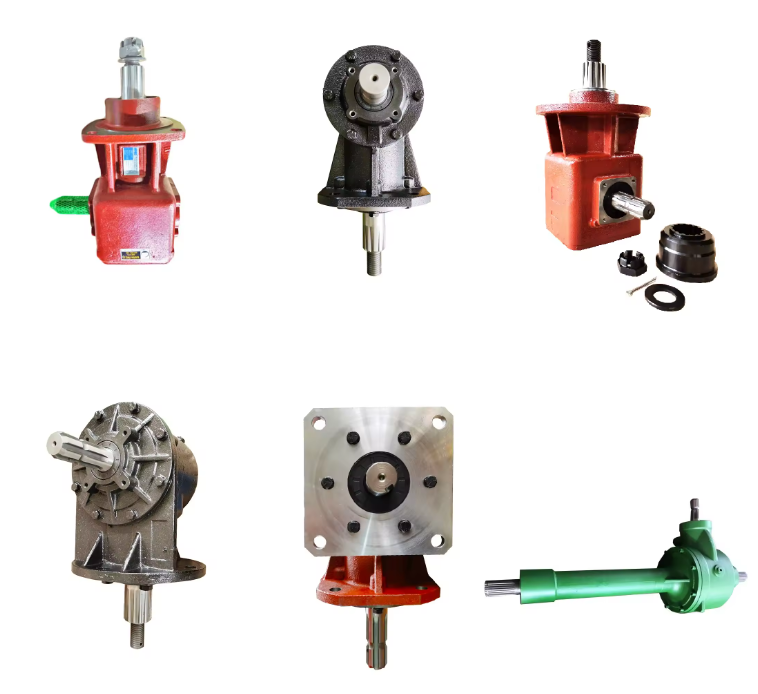Range Rovers are synonymous with luxury, performance, and off-road capability. However, these sophisticated vehicles are not immune to issues, one of which is the dreaded “Gearbox Fault” message on the dashboard. This warning can be unsettling for many owners, raising concerns about safety and potential repair costs. This article aims to demystify the gearbox fault message, exploring its causes, implications, and the steps you can take to resolve it. By the end, Range Rover owners will be better equipped to address this concern, ensuring their vehicle continues to perform at its best.
Understanding Gearbox Faults
What is a Gearbox?
At its core, a gearbox, also known as the transmission, is a critical component of your vehicle's drivetrain. It manages the power generated by the engine, ensuring it is efficiently transferred to the wheels. The gearbox adjusts the engine's output, allowing for quick acceleration from a standstill and maintaining fuel efficiency at high speeds. It's a complex system, comprising gears, clutches, and fluid that work in harmony to change gears smoothly and maintain the engine in its optimal power range.
The Significance of the “Gearbox Fault” Message
When your Range Rover displays a “Gearbox Fault” message, it signifies a problem within the transmission system. This message is an electronic signal sent from the gearbox's control unit, indicating that it has detected a malfunction that could affect the vehicle's performance. Ignoring this warning can lead to more severe issues, such as reduced fuel efficiency, the inability to change gears, or even complete transmission failure.
Common Causes of Gearbox Faults in Range Rovers
Low Transmission Fluid
One of the most common causes of gearbox faults is low transmission fluid levels. The fluid plays a crucial role in lubricating the moving parts, cooling the system, and facilitating smooth gear shifts. If the fluid level drops, due to leaks or evaporation, it can lead to increased friction, overheating, and, ultimately, gearbox damage.
Fluid Contamination
Over time, the transmission fluid can become contaminated with particles from worn gears, metal shavings, and external debris. This contamination can degrade the quality of the fluid, impairing its ability to lubricate and cool the gearbox effectively, leading to faults.
Wear and Tear
Like any mechanical system, the components within a gearbox are subject to wear and tear. Frequent use, harsh driving conditions, and lack of maintenance can accelerate this process, leading to worn gears, bearings, and seals. These issues can disrupt the smooth operation of the transmission, triggering fault messages.
Sensor or Electrical Problems
Modern Range Rovers rely heavily on electronic systems and sensors to control the gearbox. Faulty sensors, wiring issues, or software glitches can send incorrect signals to the transmission control unit, causing improper gear shifts or, in some cases, triggering a gearbox fault message.
Mechanical Failures
Mechanical failures within the gearbox, such as broken gears or damaged bearings, can have immediate and severe impacts on the transmission's functionality. These failures often result from excessive wear, poor maintenance, or manufacturing defects.
Diagnosing a Gearbox Fault
Professional Diagnostic Tools
The first step in diagnosing a gearbox fault involves using professional diagnostic tools. These tools connect to your Range Rover's onboard computer, accessing fault codes and detailed information about the transmission's condition. This diagnostic process helps pinpoint the exact cause of the fault, guiding the repair process.
Physical Inspection
A thorough physical inspection of the gearbox and its components can reveal visible signs of wear, damage, or leaks. This inspection often requires the expertise of a qualified mechanic, who can identify issues that may not be apparent through diagnostic codes alone.
Test Drive
A test drive by a professional can also provide valuable insights into the gearbox's condition. Specific symptoms, such as slipping gears, delayed acceleration, or unusual noises during gear changes, can help diagnose the underlying issue.
Solutions to Gearbox Faults
Fluid Replacement or Top-Up
Addressing low or contaminated fluid levels can often resolve gearbox faults. Replacing old fluid with fresh, manufacturer-recommended transmission fluid can restore the gearbox's performance and eliminate fault messages.
Repair or Replacement of Faulty Components
Identifying and replacing worn or damaged components is crucial for resolving gearbox issues. This may include sensors, gears, or seals, depending on the diagnosis. In some cases, repairing a specific part of the gearbox can be more cost-effective than replacing the entire unit.
Gearbox Reset or Software Update
For issues related to electronic systems or sensors, a simple reset of the gearbox control unit or a software update may be sufficient. These solutions can recalibrate the gearbox's operation, resolving faults without the need for mechanical repairs.
Complete Gearbox Overhaul or Replacement
In severe cases, where the gearbox is extensively damaged or worn, a complete overhaul or replacement may be necessary. While this is a more costly and time-consuming solution, it ensures the gearbox is restored to its optimal condition, extending the vehicle's lifespan.
Preventing Gearbox Faults
Preventative measures play a crucial role in avoiding gearbox faults. Regular maintenance, including checking and replacing transmission fluid, can prevent many common issues. Additionally, adopting smooth driving habits, such as avoiding aggressive acceleration and ensuring your vehicle is fully stopped before changing from reverse to drive, can reduce wear on the gearbox. Finally, addressing any warning messages or unusual symptoms promptly can prevent minor issues from escalating into major repairs.
A “Gearbox Fault” message on a Range Rover signals a significant issue that requires attention. Understanding the potential causes and solutions empowers owners to take proactive steps in addressing this concern. Regular maintenance, careful driving, and prompt repairs can prevent many gearbox faults, ensuring your Range Rover continues to deliver the performance and reliability you expect. Remember, when it comes to transmission issues, early intervention is key to preventing more significant problems down the road.

